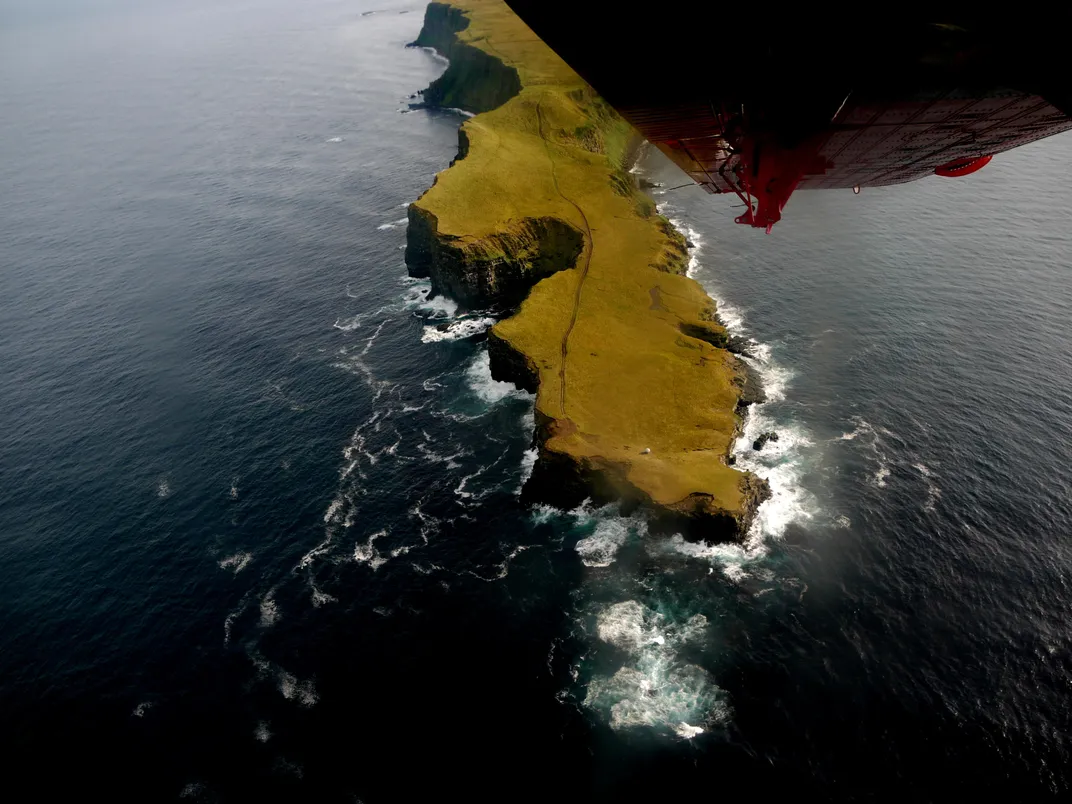This Wandering Concrete Sphere Will Track the Movements of the Arctic Circle
On a small Icelandic island, a massive piece of art will track Earth’s wobble in space
/https://tf-cmsv2-smithsonianmag-media.s3.amazonaws.com/filer/22/0d/220d7abe-c76b-4e33-a87f-824851f42ab1/p1170086.jpg)
The small Icelandic island of Grímsey is trying to mark its place on the border of the ever-shifting Arctic Circle. And to do this they are using a 17,600-pound concrete sphere that will be moved ever so slightly each year, reports Kate Lunau for Motherboard.
Grímsey is only two square miles in size and has a population of less than 100 people, but the island is a notable tourist destination for being the northernmost inhabitable place in Iceland—and the only substantial part of the country that lies partly within the Arctic Circle.
Famously forbidding and mysterious, the Arctic Circle is officially defined as the the line of latitude north of which there is at least one full day of darkness and one full day of light per year. And although it appears on maps as a line encircling the globe at 66.5 degrees North latitude—it's anything but fixed.
The Arctic Circle is defined by the tilt of the Earth toward or away from the sun, which is known to fluctuate up to 2.4 degrees every 40,000 years or so. Currently, the Arctic Circle is actually moving north from Iceland at a rate of about 48 feet per year.
A new exhibit commissioned for Grímsey is featuring this drift. Dubbed Orbis et Globus (which translates to Circle and Sphere in Latin), the exhibit features a nearly nine-ton concrete sphere that will be moved in tune with the wandering Arctic Circle.

The exhibit was officially dedicated last week after a tough journey to the island, writes Jelena Ćirić for Iceland Review. The sphere was moved by truck and ferry from the Icelandic mainland to its spot on the circle.
The sphere will be moved in small increments each year so it can maintain its position on the border of the Arctic Circle using heavy construction equipment. Why go through the effort to move this massive sphere after already taking it so far?
"It represents how we move through the universe," architect Steve Christer, who helped organize the exhibition, tells Lunau. "That's pretty mind-expanding."
Don't wait too long to see this exhibit for yourself—the Arctic Circle has already crossed through Grímsey for more than three centuries, and it continues to advance northward. By around 2050, the line will leave the island for quite some time. And along with it will go Orbis et Globus' place on the island.